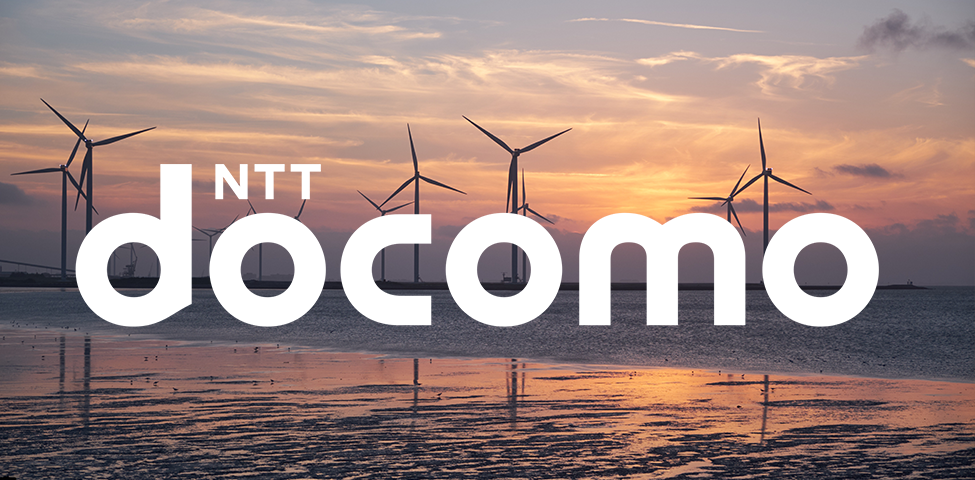Making the base stations sustainable and green
Networks have become pervasive and ubiquitous in everyday life. It is hard to imagine, especially in the developed nations, what life was like when there was no mobile broadband and services on top. However, this also comes at a cost and an important aspect to consider is energy consumption of the network, where core network like data centres require heating/cooling at a constant temperature while radio access network requires electricity to transmit/receive signals.
Furthermore, 5G is expected to drive network densification with its new requirements. This would increase the energy consumed by the network albeit at better energy efficiency. This also means that carbon emissions will increase, aggravating climate change. This calls for a non-traditional approach where electricity consumption can be done in a sustainable manner while reducing the costs of energy.
This is why NTT DOCOMO developed Green Base Station, an environment-friendly and sustainable energy supply scheme for radio base stations. Since 2013 where NTT DOCOMO developed and installed the solution, NTT DOCOMO has been continuously implementing the solution in its networks.
Green Base Station
Green Base Station is an environmentally friendly and disaster-resilient base station. Its energy is supplied by renewable energy source while the base station can be powered even when a natural disaster affects the electricity supply from the central grid.
In detail, Green Base Stations are equipped with photovoltaic (PV) panels, cycle-type Li-ion storage batteries, DC power controllers, and supply generated power to radio equipment with smart power control. They can make use of renewable energy by local PV power generation, therefore can reduce CO2 emission from commercial electric power use. Additionally, in case of a power outage due to disaster, they work longer time by PV power generation.
NTT DOCOMO has installed Green Base Station solution in 133 base stations as of March 2018. It is also aiming to increase the penetration of the solution and the PV generation capacity to 2,000 kW by 2020. NTT DOCOMO will pursue an endless journey of realizing sustainable mobile communications services that benefit the society and the customers.
Click here to read the full NTT DOCOMO case study
The GSM Association (“Association”) makes no representation, warranty or undertaking (express or implied) with respect to and does not accept any responsibility for, and hereby disclaims liability for the accuracy or completeness or timeliness of the information contained in this document.


